The Production Process of Sofa Cushion - Sofa Supplier
 May 07,2025
May 07,2025

 Topmax Furniture
Topmax Furniture
In soft furniture, sofa supplier use many types of cushions, which are generally classified according to their internal structure and main materials. Commonly used cushions are foam cushions, spring cushions, stuffing cushions, and cushions mixed with foam and springs.
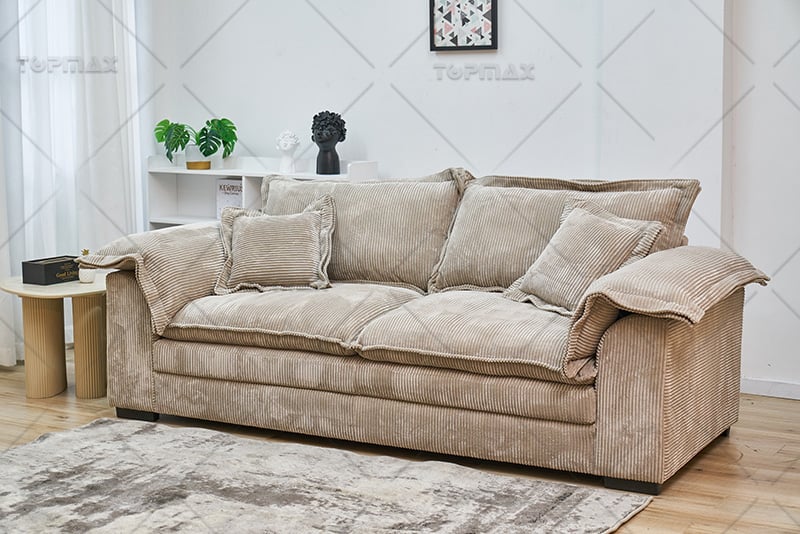
Foam cushion production
In modern sofas, foam cushions are the most commonly used cushions for sofa supplier. They are simple to process and have low costs.
The size of the cushion must be measured at the widest and deepest part of the seat. The depth dimension is the distance from the farthest edge on the inner back to the corresponding point in the front, and the width dimension is the dimension between the inner measurements of the two armrests. When using a T-shaped cushion, the distance between the two outer edges of the front of the frame must be measured as the second dimension. The vertical width of the edge depends on the thickness of the cushion. After the width is determined, place the end of the ruler in the middle of the back and measure the length of the edge strips around the four sides of the cushion.
After measuring the surface, bottom depth and width of the cushion, the sofa supplier will cut out the paper pattern and leave at least 100mm margin on each side for final adjustment; then put the paper pattern on the seat and use a pencil to draw a line along the edge of the pattern formed by the inner armrest and the inner bag fabric curve. Then use a ruler to straighten the lines of the pattern so that the cushion edges between the angles are in a straight line. It should be noted that all edges should leave a margin of 13~19mm for seam allowances. After sewing, trim off all the excess paper patterns outside the seam allowances. After the paper pattern is made, place it on the fabric and cut it.
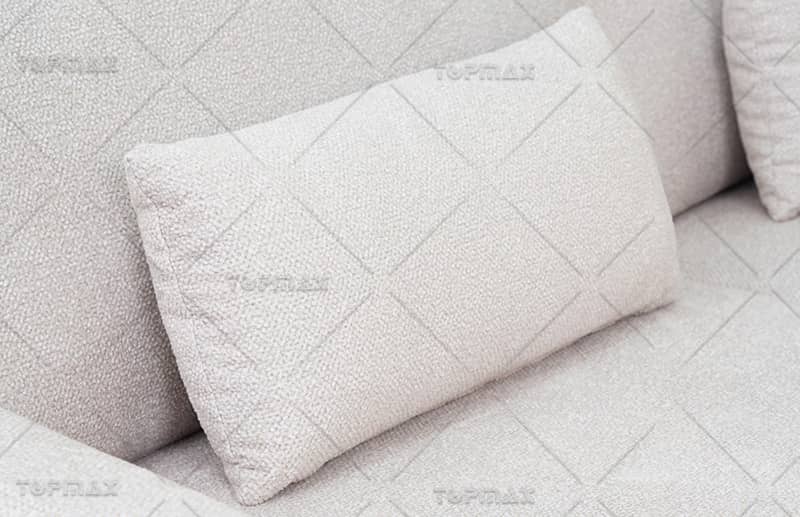
Spring cushion production
Spring cushions are generally made of spring cores composed of bag springs, covered with fillers, and covered with fabrics. The cloth-wrapped springs used by sofa supplier to make cushions are generally small, and the spring height and diameter are usually less than 100mm.
1. First determine the number of rows that match the cushions, and then sew the rows together to form a spring component that meets the specifications. Each row of cushions without springs is individually wrapped in a cotton bag.
2. Sofa supplier combines the edge and bottom edge of the inner cover of the face, and then covers the cotton layer with a layer of 40~50mm thick stuffing, spreads the stuffing to make it evenly distributed, and then places the bag spring component on this layer of stuffing.
3. Spread a layer of cotton on the spring component to cover it and sew it.
Now many cushions also use zippers instead of zippers. There are many opening styles of zippers, ranging from the opening of the back part to the extension after the corner.
Stuffed cushions
Stuffed cushions are cushions filled with feathers, down or animal hair. They must have a lining to prevent the stuffing from penetrating through the fabric. It is best to fill them in several parts to prevent the stuffing from sliding from one end of the cushion to the other. Stuffed cushions can be divided into two types: with and without edges. The cushion fabric with edges is composed of the top surface, bottom surface and edge, while the cushion fabric without edges has only the top surface and bottom surface sewn together in a straight line, and only a welt is added in the middle to cover the stitching. The steps for making stuffed cushions are as follows.
1. Use cotton cloth as the inner cover, cut the top, bottom and edge according to the size of the cushion, and leave a seam allowance when cutting.
2. To prevent the stuffing from slipping, the sofa supplier will add a spacer strip in the middle of the inner cover, and the spacer strip will be sewn together with the top and bottom sheets. Sew the top, bottom and edge of the inner cover together, sew the front and side edges first, and leave an opening at the back for stuffing. The length of the cloth strip must span the inner cavity of the cover, and there must be an additional margin so that it can be sewn to the inner side of the front and back walls of the cushion; then sew the strips to the base along the four sides of the cushion.
3. Filling. The filler should be filled evenly and firmly in the inner cover. The lumped filler should be loosened before filling. Then sew the opening left at the back. In order to prevent the filler from moving into a ball when the cushion is used, in addition to sewing the cloth strip in the middle of the inner cover, you can also sew a few stitches or buckle through the cover outside the inner cover to properly fix the filler. Do not pull the stitches too tight when sewing.
4. After the inner cover cushion is made, sew the cotton cover. The sewing of the outer cover is similar to that of the inner cover, and it is also divided into the top surface, bottom surface and periphery, but the sewing generally requires sewing inlays to cover the seams. When processing the pattern of the outer cover, you need to put the pattern straight. For example, when cutting striped cloth, the stripes must be perpendicular to the bottom edge of the cushion or parallel to the side.
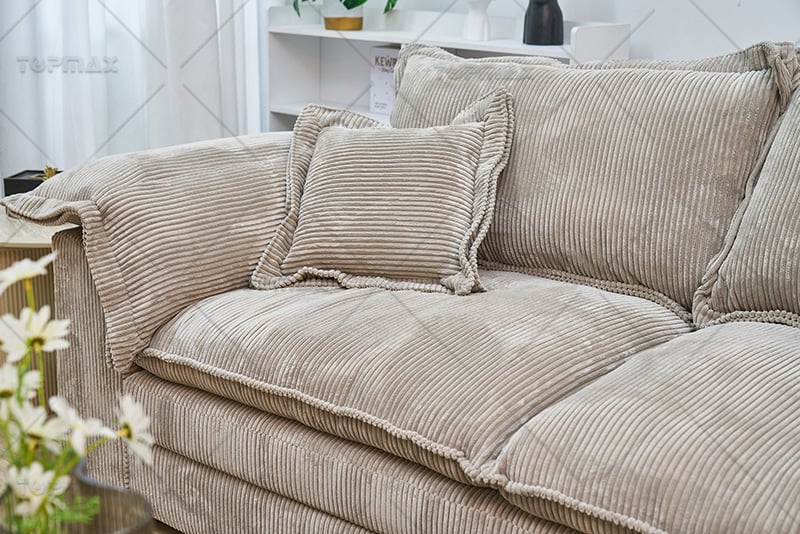
Cushions with a mixture of foam and springs
In order to increase comfort, some soft furniture uses a mixture of springs and thicker foam. The sofa supplier will process the wooden base into a concave shape, nail bandages on it, put in springs, cover it with linen, and spread the foam on the linen; then cover it with a layer of cotton cloth or directly cover the foam with fabric.
 Inquire Now
Inquire Now



 Home
Home Processing Technology of Metal Furniture
Processing Technology of Metal Furniture  You May Also Like
You May Also Like 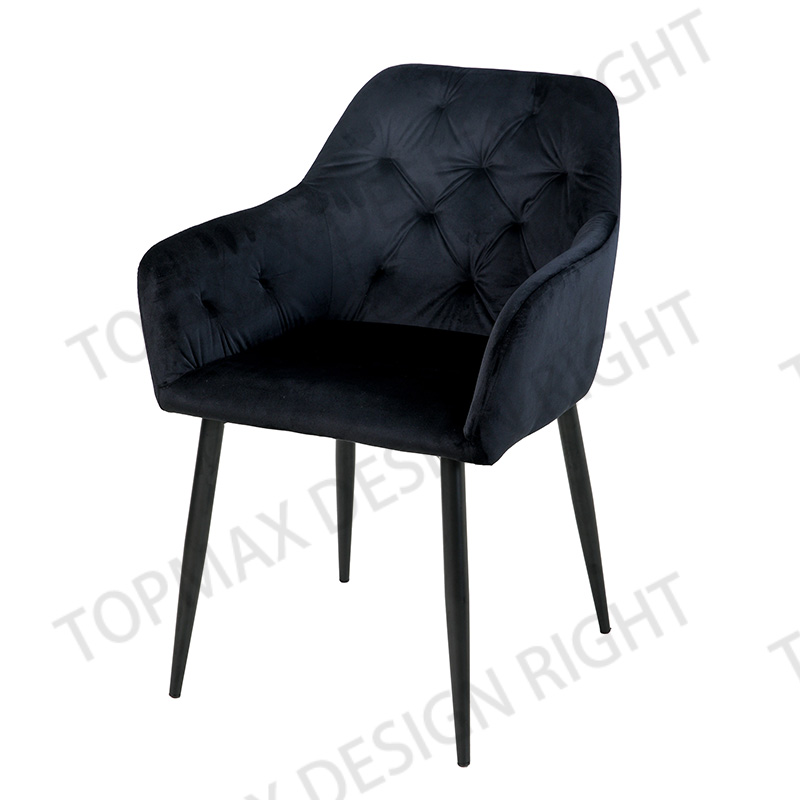

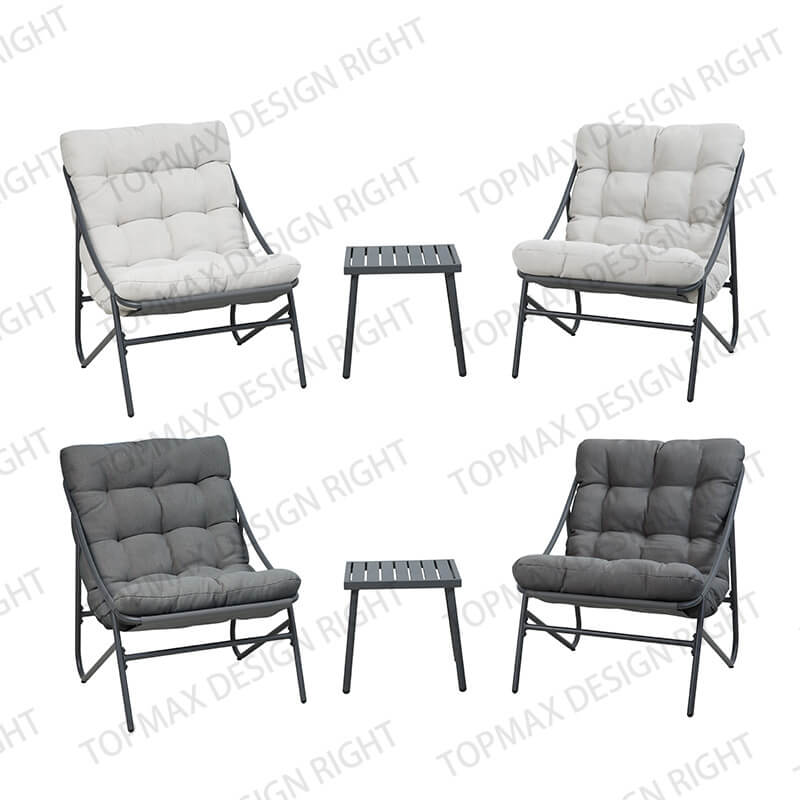
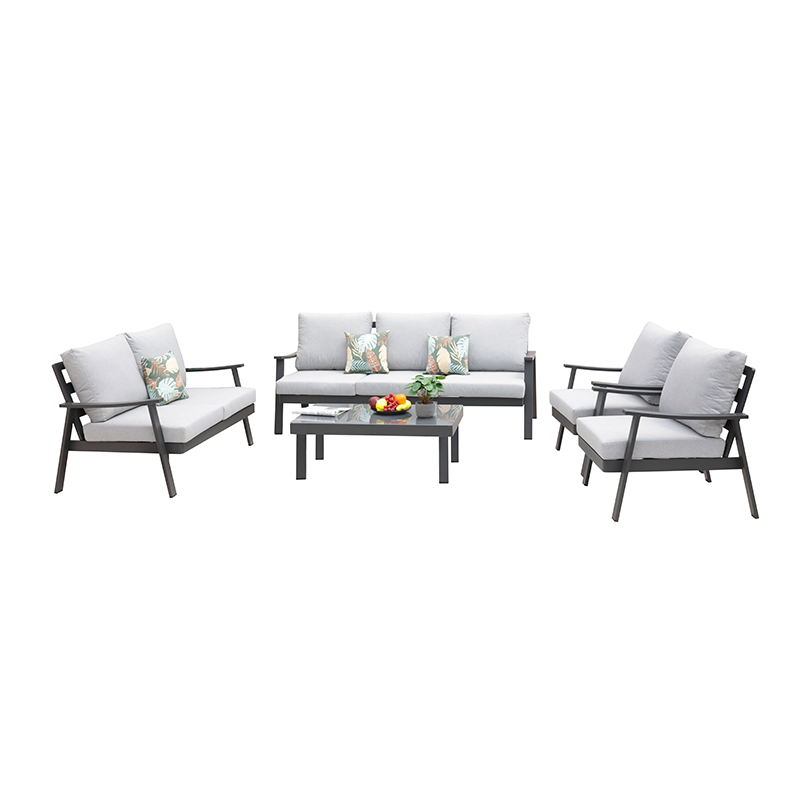

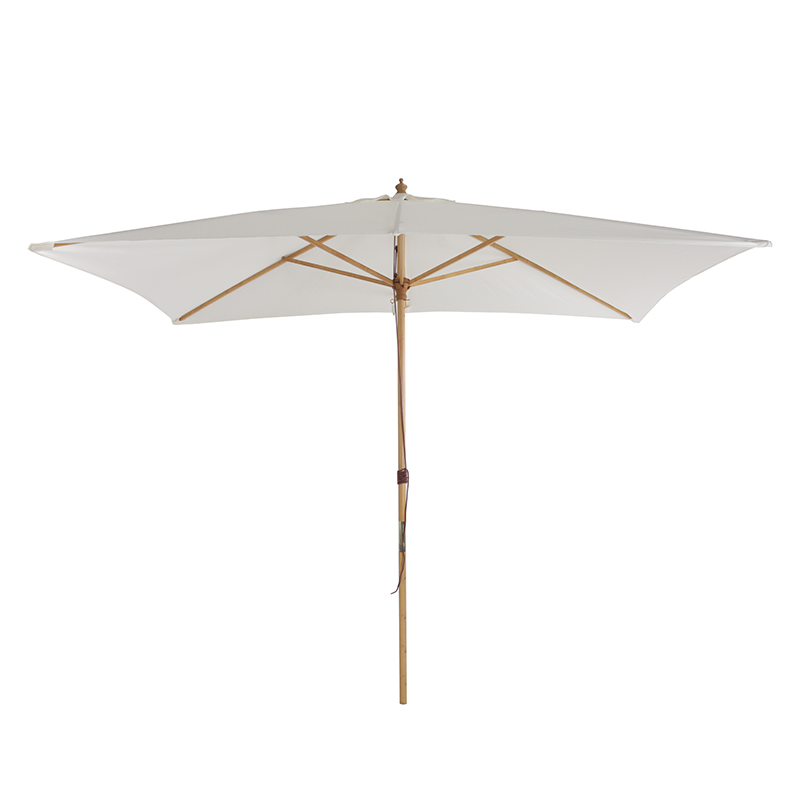
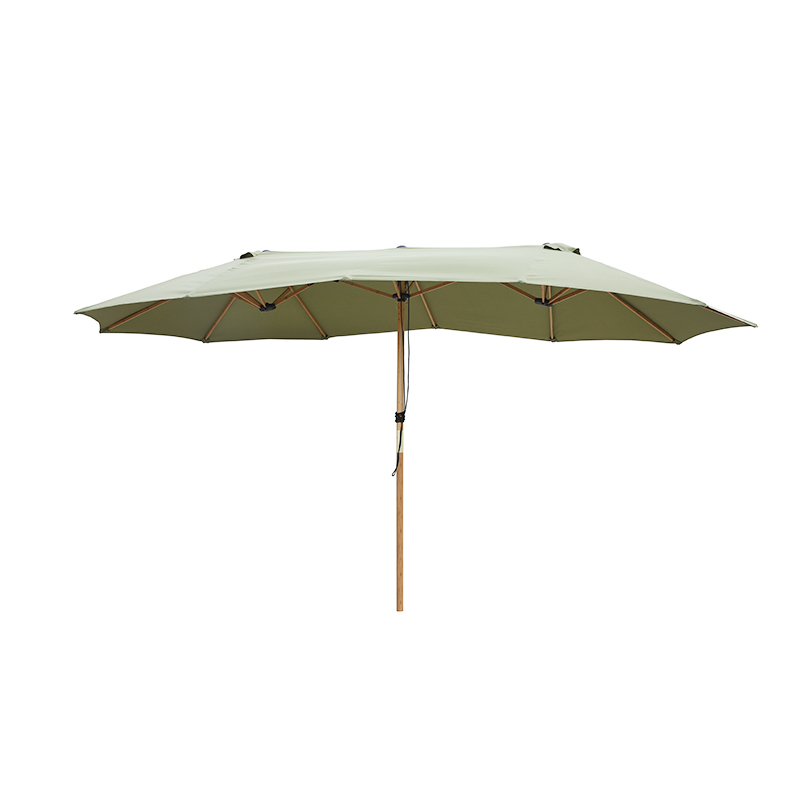
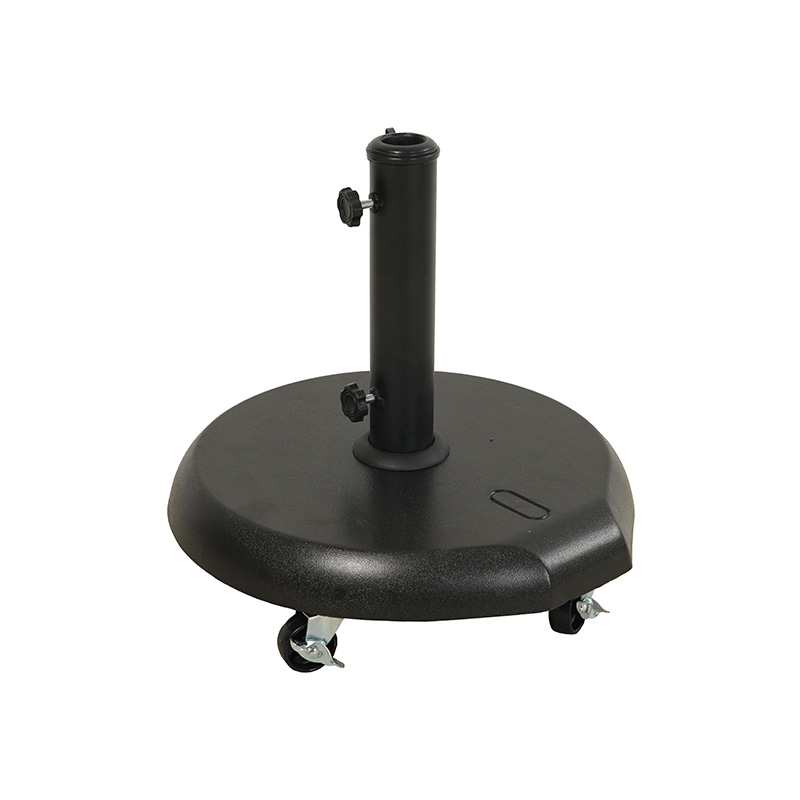
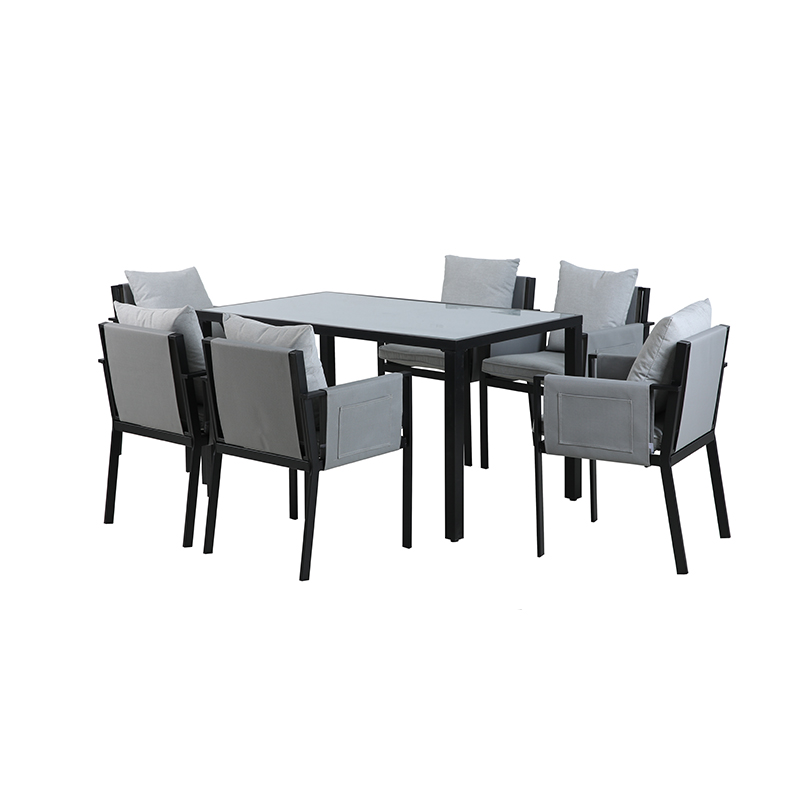
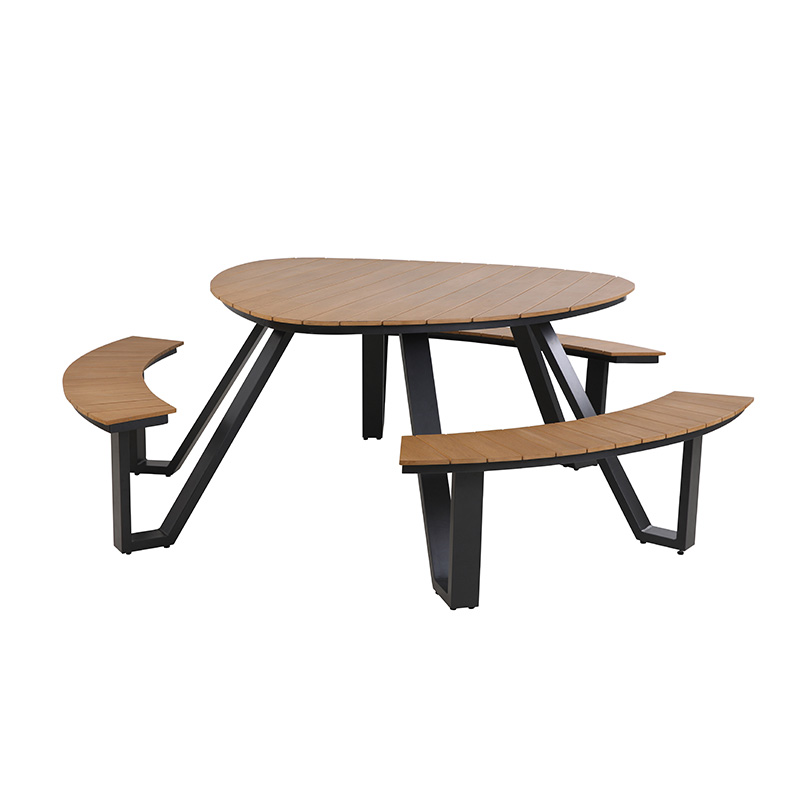
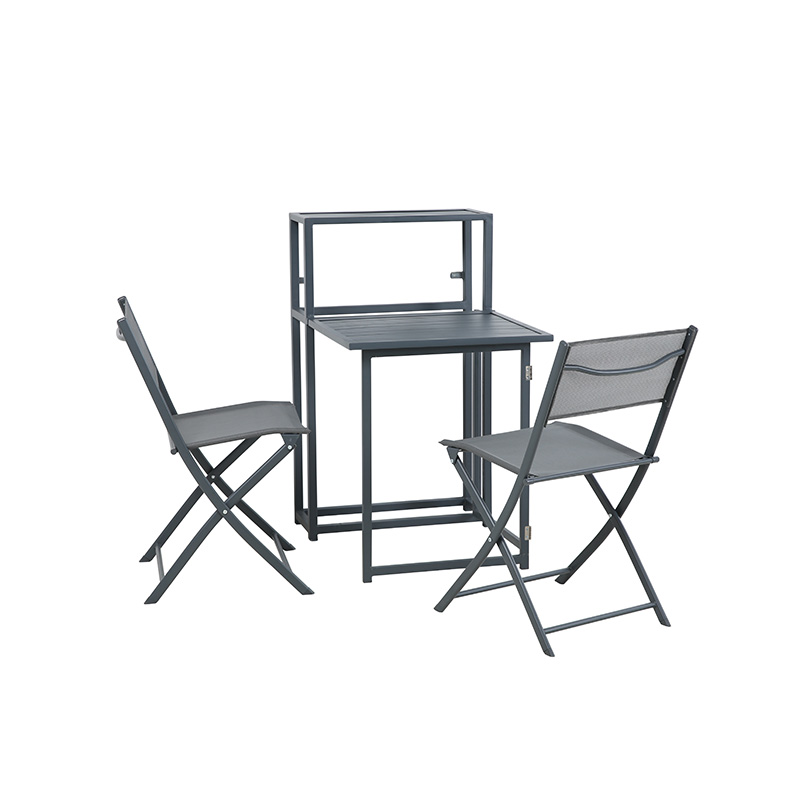
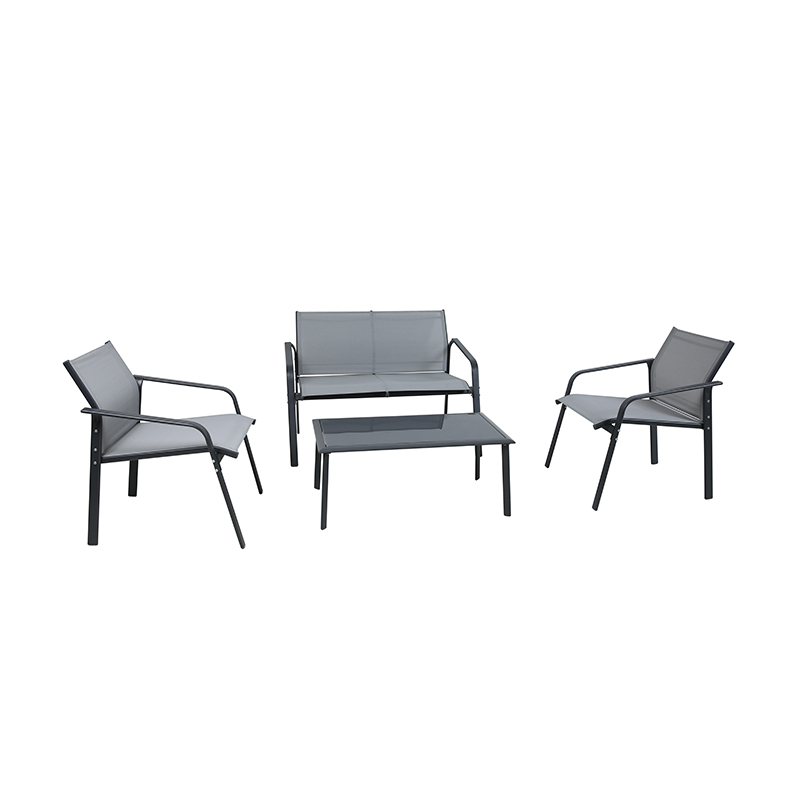
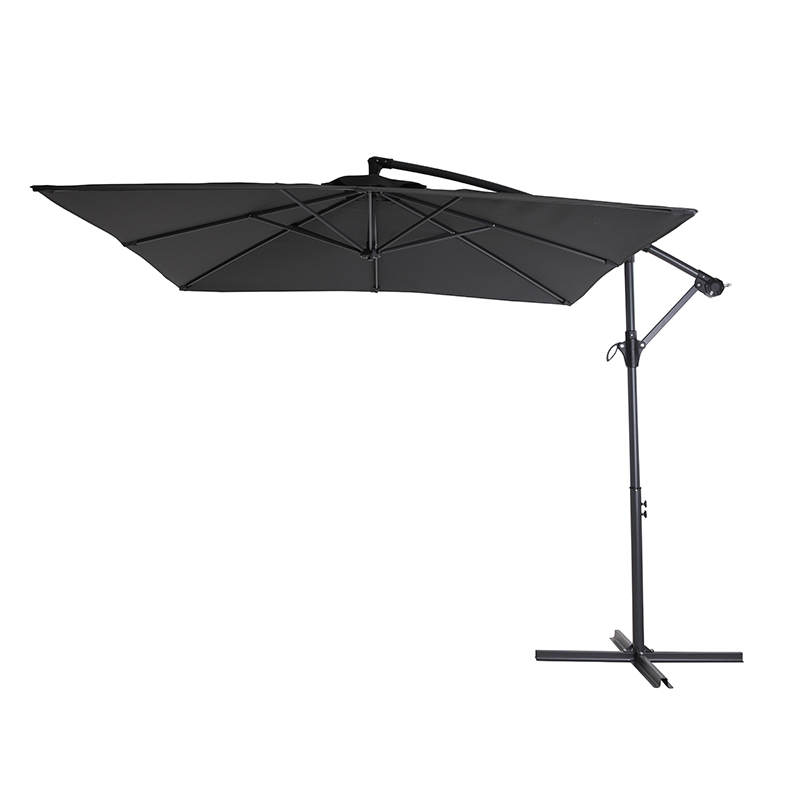
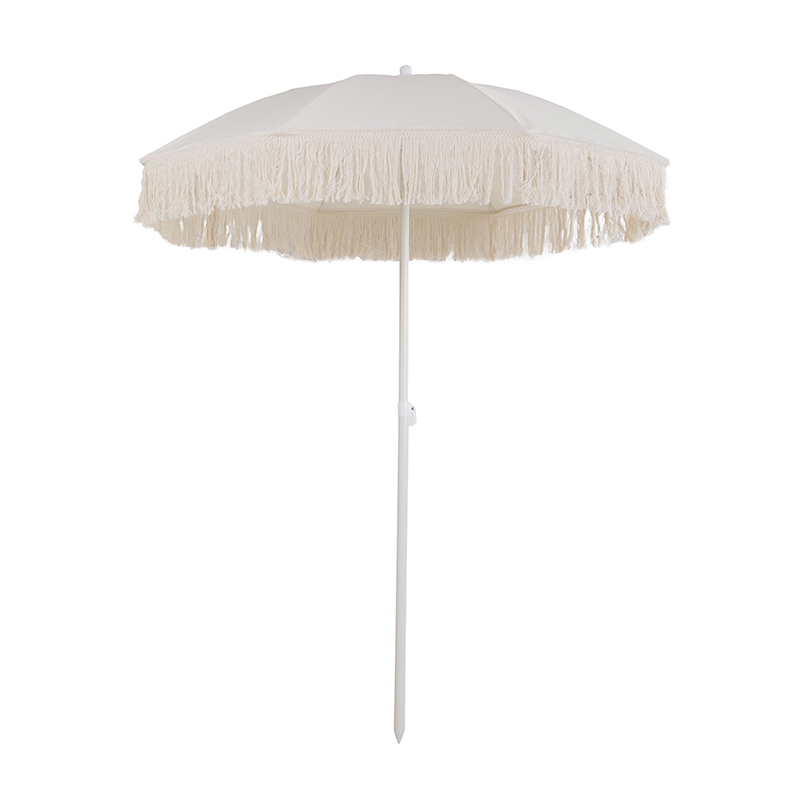
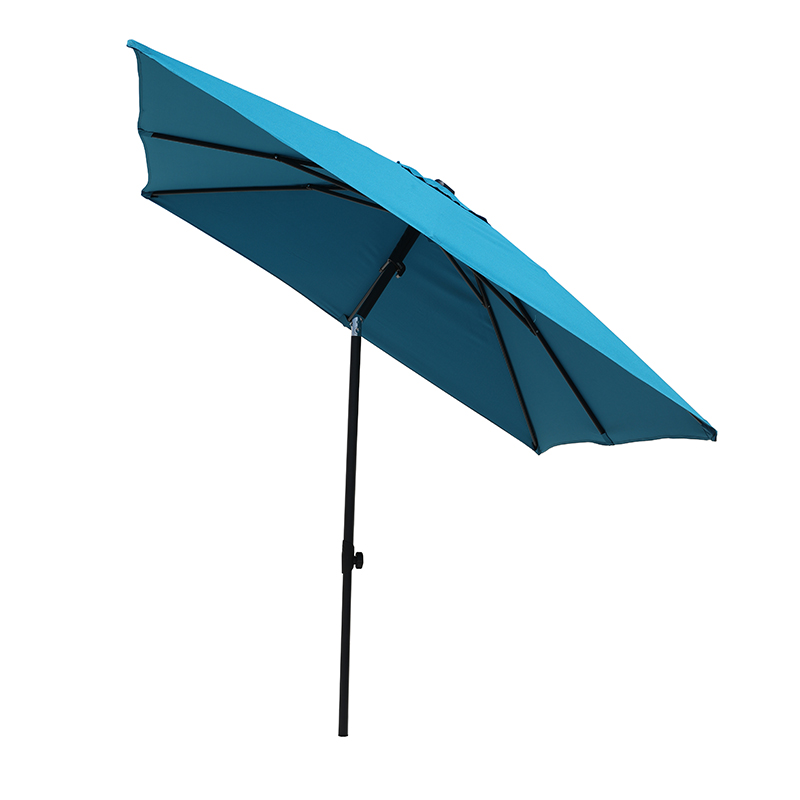
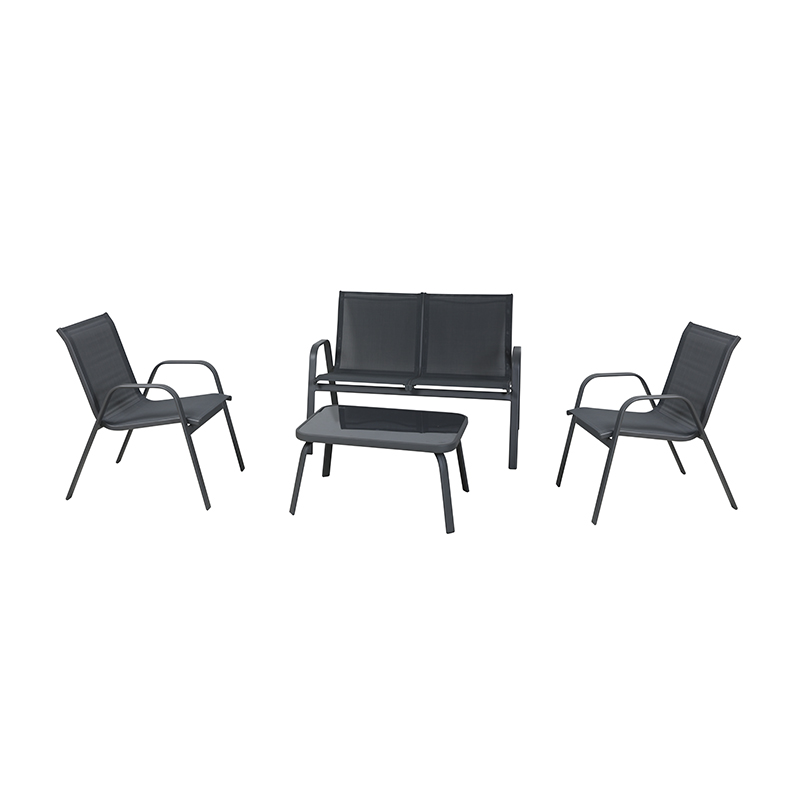
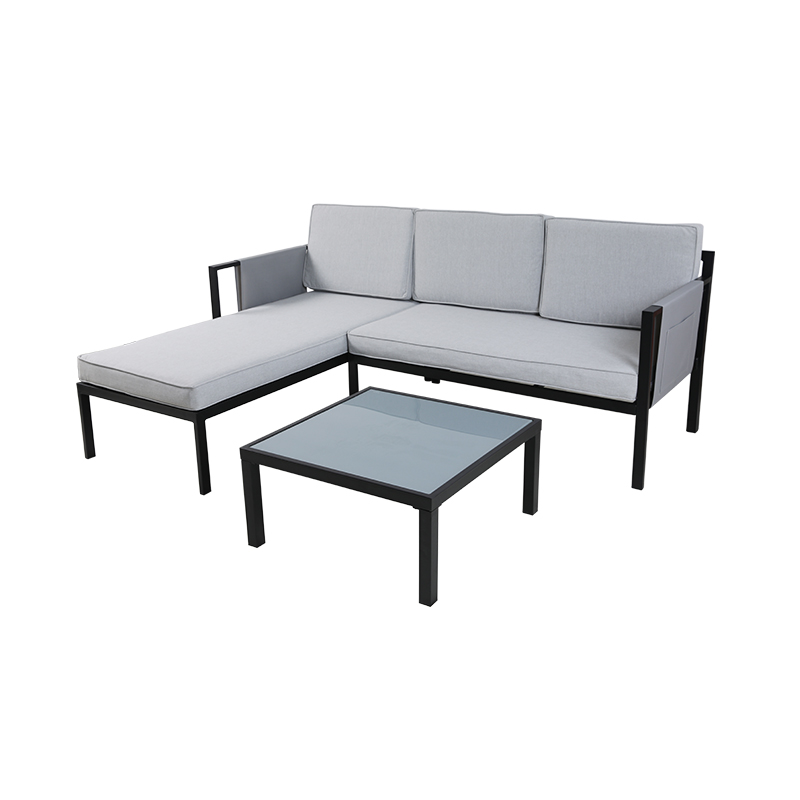
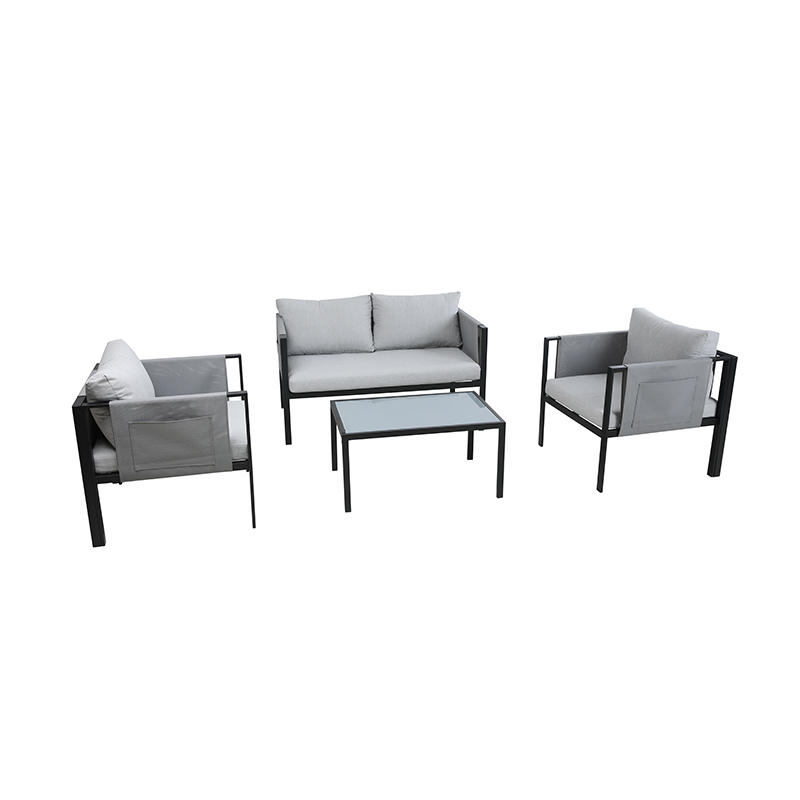


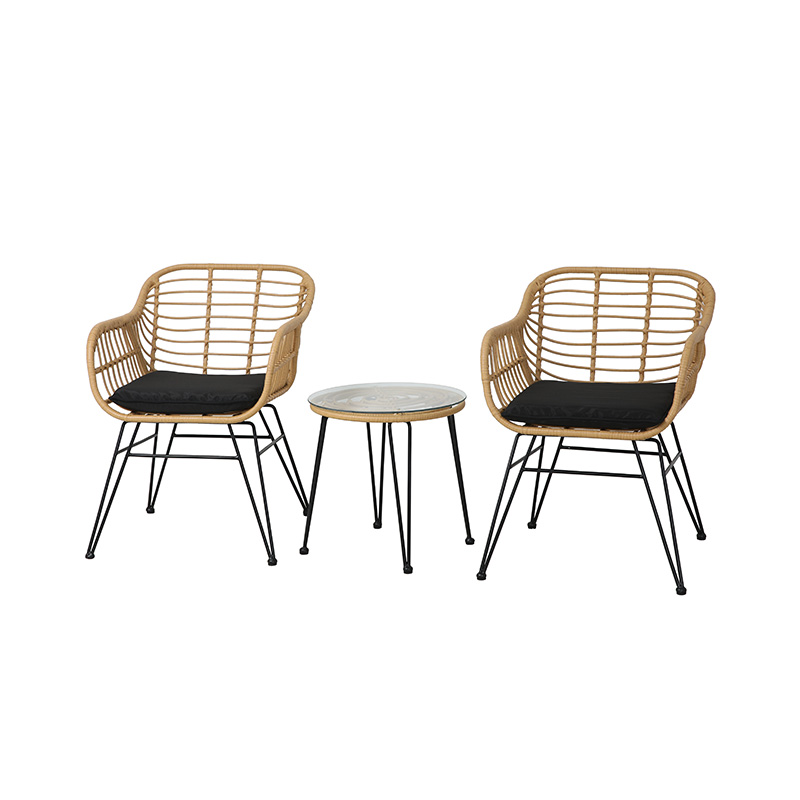

 Tel
Tel  Email
Email  ADDRESS
ADDRESS 














